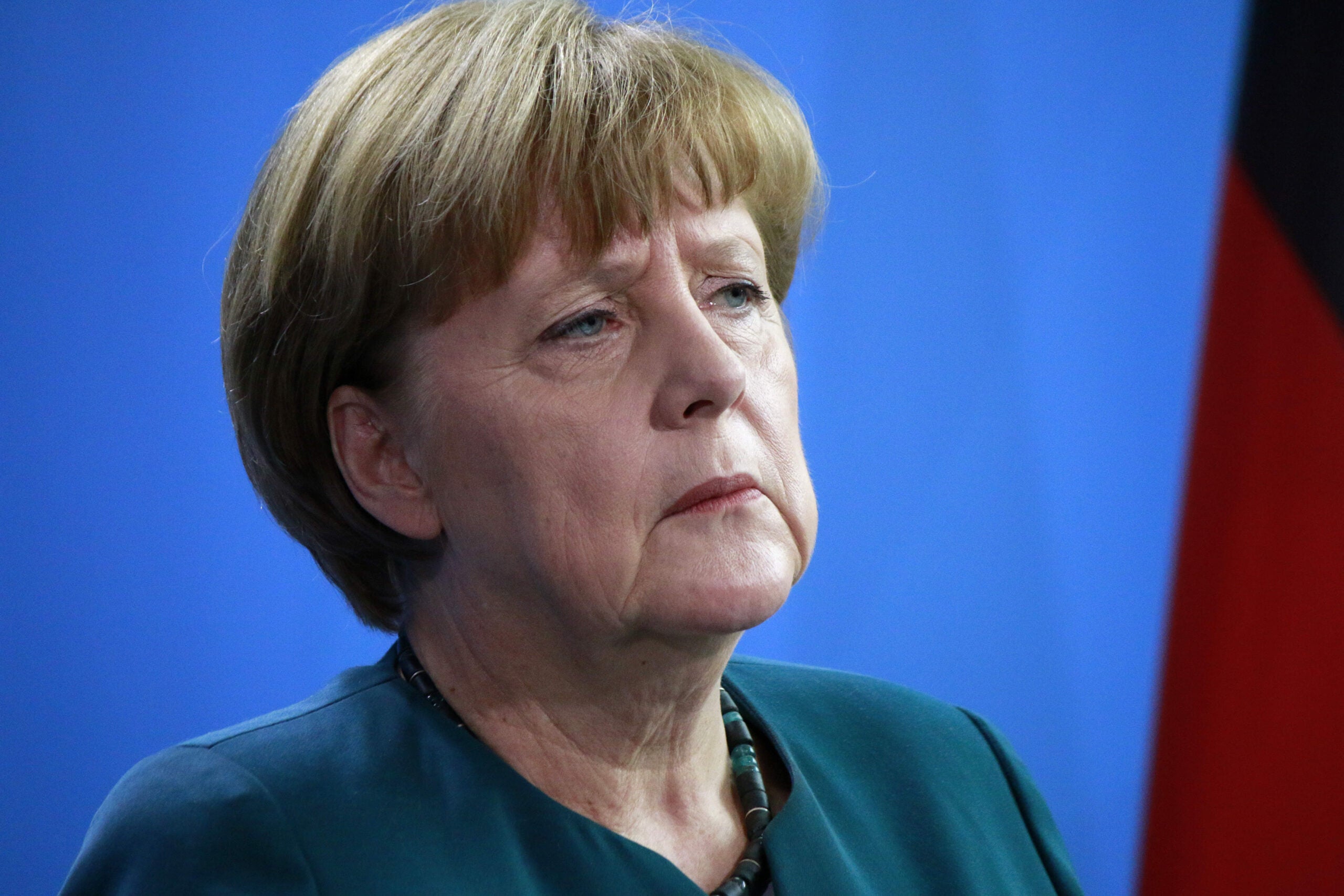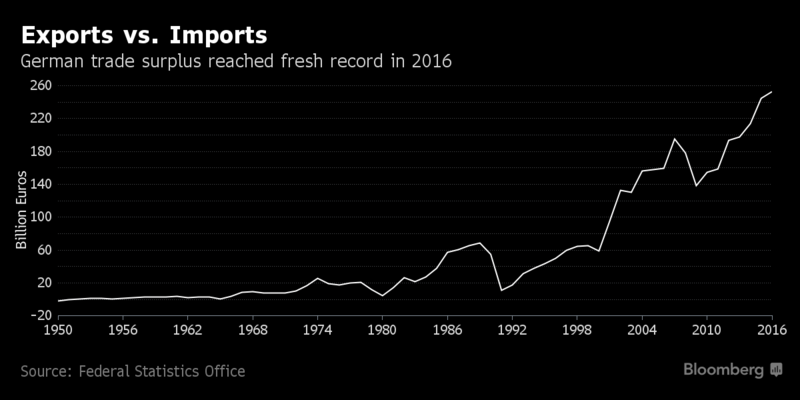
Germany’s trade surplus hit a new record last year and is likely to worsen tensions between Washington and Berlin.
Despite a drop in exports narrowing the monthly measure for Europe’s largest economy in December Germany’s trade surplus for 2016 as a whole rose to a new record of €252.9bn euros ($270.05bn).

That beat the previous high of €244.3bn set in 2015, according to data from Germany’s Federal Statistics Office.
Exports climbed 1.2 percent last year, while imports rose 0.6 percent.
The US is Germany’s largest export partner, followed by France and the UK.
How well do you really know your competitors?
Access the most comprehensive Company Profiles on the market, powered by GlobalData. Save hours of research. Gain competitive edge.

Thank you!
Your download email will arrive shortly
Not ready to buy yet? Download a free sample
We are confident about the unique quality of our Company Profiles. However, we want you to make the most beneficial decision for your business, so we offer a free sample that you can download by submitting the below form
By GlobalDataWhy is this bad for US-Germany relations?
Last week, US president Donald Trump’s top trade adviser said Germany was using a “grossly undervalued” euro to gain advantage over the US and its European partners.
Peter Navarro, the head of the White House National Trade Council, told the Financial Times that Germany is gaining an unfair advantage with a weak currency.
German chancellor Angela Merkel hit back, saying her government had always called on the European Central Bank (ECB) to pursue an independent monetary policy.
ECB president Mario Draghi, and German finance mnister Wolfgang Schaeuble leapt to Merkel’s defence.
“The fact that the German economy is exporting much more than it imports is a source of concern and no reason to be proud” because weak imports are the result of a lack of investment, Marcel Fratzscher, head of the DIW economic institute in Berlin, said. “The record surplus will continue to fuel conflict with the US and within the European Union.”
“European neighbors would benefit from stronger investment in Germany,” he added.
“Germany, however, would profit first and foremost, as the investment gap and the resulting excessive trade surpluses are detrimental to the domestic economy.”







